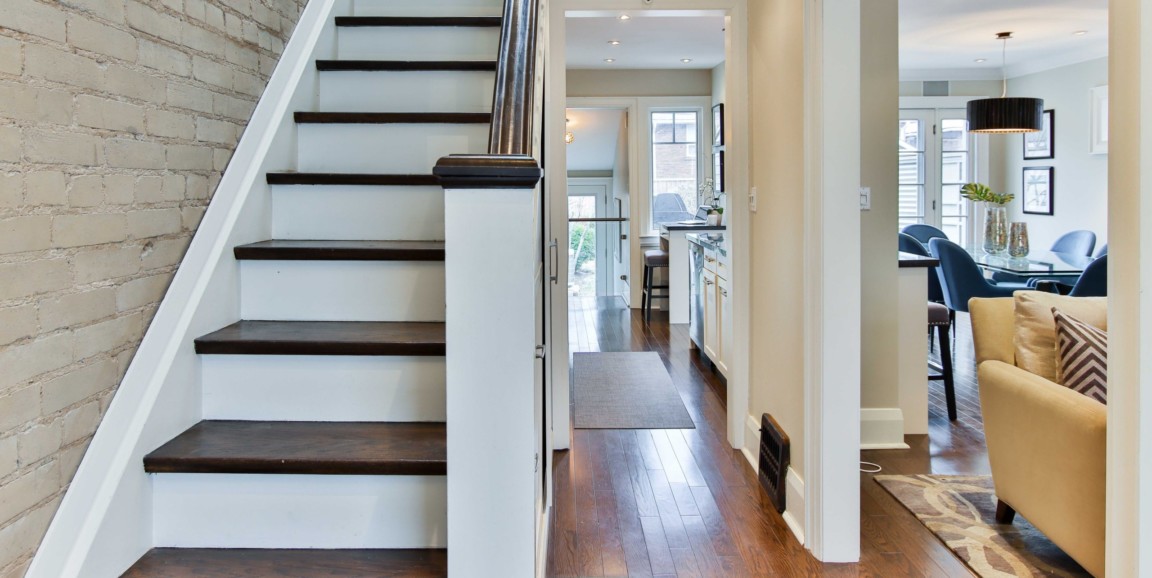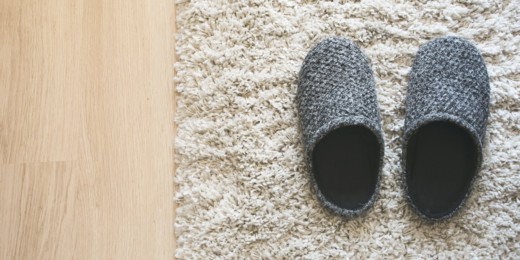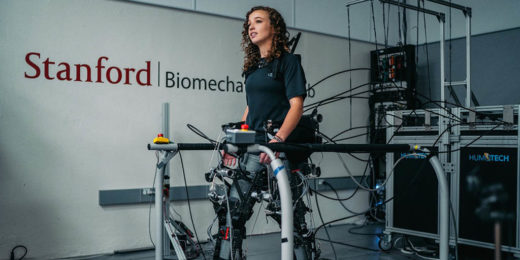Sarah, a teacher in a rural Midwestern town, is always receiving compliments on her home. It has a cozy feel with soft lighting, shag rugs, and a beautiful cobblestone path leading to the front door -- what's not to love?
Unfortunately, her 80-year-old mother, who recently moved in with Sarah, has slipped several times. She ended up in the emergency department after one of the falls.
In Sarah's home, as in many homes, there are three significant trouble areas where older adults are most at risk of falling: the bathroom, stairs, and hallways or pathways.
If you're an older adult and want to make changes that will "fall-proof" your home and reduce your risk, here are some tips that might help:
Trouble area #1: The bathroom
The bathroom is the most common place for falls because it has a lot of wet and slippery surfaces; you have to step in and out of the shower or tub; and using the toilet requires you to sit and stand up -- which isn't easy if you have trouble keeping your balance.
Solutions:
- Install grab bars next to the toilet and inside of the shower or bath. You might not think you need them, especially if there's a wall nearby that you think you can use to steady yourself. But grab bars are relatively easy to have installed and are indispensable when you or someone you care for is alone and is unsteady or about to fall.
- Place non-slip mats both inside and directly outside of the shower/bath to minimize the risk of falling when you first get out and your feet are wet.
Trouble area #2: Stairs
Walking up and down stairs requires balance, lower body strength, good depth perception and endurance, all of which can be a challenge for some older adults. Falling down stairs, in particular, can have severe consequences, so it's important to have something to grab onto to keep that from happening.
Solutions:
- Make sure there is good lighting and there are secure handrails on both sides of the stairs.
- Fix any loose or uneven steps. Be sure that all steps are at equal heights and depths and, if carpeted, that the carpet is secured on each step.
- If you or someone you're caring for is unable to go up or down the stairs independently -- or even with assistance -- consider installing a mechanical stair lift, or consider converting a ground floor room into a bedroom.
Trouble area #3: Halls and pathways
The problem with hallways and other general living spaces is they can easily become cluttered, not have good lighting, or have uneven or slippery floors or rugs.
Solutions:
- Keep hallways clear of objects and obstacles, such as cords or boxes, that could cause you to trip.
- Ensure there is good lighting all over the house.
- There should be even, non-slippery floors.
- Remove or relocate unsecured rugs or mats that can slide around when you step on them.
Sarah ended up installing grab bars in her bathrooms, installing additional lighting to the hallways and stairways, replacing the shag rug in the living room, and creating a smooth, concrete pathway next to the cobblestones for her mother to walk on when going in and out of the house.
Her mother has not had an at-home fall since.
What else can you do to prevent falls?
In addition to fall-proofing your home, there are other fall-prevention strategies that you can try at home, such as modifying your diet and wearing proper footwear.
Nutritional strategies:
- Make sure you are eating enough protein-rich foods, such as fish, lean meats, eggs, tofu and dairy products to minimize muscle loss.
- Chronic conditions like diabetes and heart disease can often increase fall risk. Opt for a diet full of leafy green vegetables, whole grains, fruit, nuts, lean protein and other foods that are low in sugar and known to be good for cardiovascular health.
Supportive footwear (inside and outside the home):
- Even at home, wear sturdy, non-slip shoes with a sole. Avoid wearing slippers or socks that could cause you to slip or slide.
- Shoes in wide widths are generally better for balance and stability.
- Choose shoes with Velcro or laces -- such as elastic -- that don't come untied.
Now that you have the knowledge you need to fall-proof your home, don't wait to make a change. Look around and see what you can do today to make your home a safer and healthier place.
This is the second blog post in the series, Reducing Falls For Older Adults. The goal of the series is to help older adults and their family members better understand how to reduce the risk and impact of falls. Patients referenced are composites, compiled from actual patient experiences.
Claire Jacobson is a master's degree student in Community Health and Prevention Research at Stanford studying chronic disease prevention and healthy aging. Stanford professor and primary care physician Randall Stafford, MD, PhD, studies strategies to improve chronic disease treatment, including increasing the role of patients in their health care.
Photo by Sidekix Media






